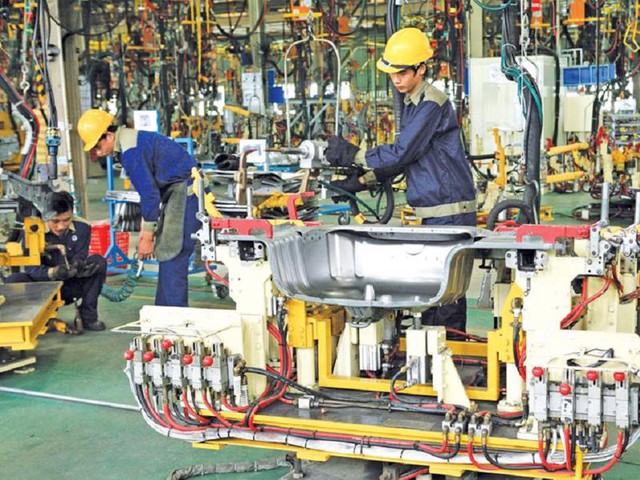PMI exceeds 50 points as new orders rebound
VGP - Viet Nam’s Manufacturing Purchasing Managers’ Index (PMI) bounced back above the 50.0 no change mark in April, posting 50.3 from 49.9 in March, according to Standard & Poor’s Global (S&P Global).

Illustration photo
Firms moved to scale back employment as business confidence waned. Meanwhile, input costs continued to rise, albeit at a relatively muted pace. This therefore enabled manufacturers to offer discounts to their customers in an effort to attract new business.
The main positive point from the latest survey can be seen through the rebound in new orders, which increased solidly following a fractional decline in the previous month. In addition, the rate of expansion was the fastest since August, 2022.
According to information given by experts, the solid expansion in new orders helped lead to a return to growth of manufacturing production in the country.
In fact, firms carried out price discounting amid a further increase in input costs, although the rate of input price inflation was relatively muted, thereby providing some space for firms to lower charges without incurring too much pressure on margins. Where input costs increased, panelists often mentioned factors such as higher oil and shipping prices.
Despite the pick-up in new orders and output in April, recent muted demand conditions led firms to scale back employment for the first time in three months, often reflecting the release of temporary workers.
The reduction in staffing levels means that firms found it harder to complete orders on time. Backlogs of work increased for the first time in three months, albeit marginally.
Purchasing activity also increased for the first time in six months in response to higher new orders, but the rate of expansion was only slight amid a reluctance among firms to hold inventories.
Andrew Harker, economics director at S&P Global Market Intelligence, said, “There was a welcome return to growth of new orders in the Vietnamese manufacturing sector during April following recent weakness. There were some signs that the extent of the rebound perhaps took firms by surprise given that they had made the decision to release workers following the recent period of muted demand conditions, thus resulting in a build-up of backlogs.”
“We could therefore see some of these workers brought back in the near future. “More generally, the recent up and down nature of new order inflows was a concern for firms looking forward. We will hopefully see a more stable environment in the months ahead, helping manufacturers to plan production and resourcing effectively,” he added./.

